III - 6.40 - Policy on Classifications on Undergraduate Students
I. Policy and Purpose
For academic certification purposes during any fall or spring semester, a full-time undergraduate student at Bowie State University (BSU) is one who is registered in any day and/or evening courses totaling twelve (12) or more credit hours.
To provide an undergraduate classification system based on credit hours earned or attempted.
II. Applicability
A. Scope
This policy provides guidelines for student eligibility to register, for honors, for housing and for a transfer status.
B. Eligibility
Classifications for freshman, sophomore, junior and senior status.
C. Responsibility
The Registrar
III. Guidelines and Standards
A. Undergraduate classifications are listed in the most recent BSU Catalog.
B. For official reporting purposes, undergraduate students will be classified by credit hours earned, according to the following scale:
0 - 29 Freshman 30 - 59 Sophomore 60 - 89 Junior 90 and above Senior
C. All courses are numbered according to the following course numbering:
100 - 199 Primarily for Freshman 200 - 299 Primarily for Sophomores 300 - 399 Primarily for Juniors 400 - 499 Primarily for Seniors 500 and above Graduate Level
D. Odd numbers generally represent first semester courses; even numbers generally represent second semester courses.
IV. Result
An equation of credit hours and classification status essential to student monitoring and data collection.
V. Exceptions and Devations
None
VI. Definitions
Credit Hours: A credit hour is a unit of measurement. The assignment of a certain number of credit hours to a course is justified by some appropriate combination of the following criteria:
A. Time spent in class, usually related to the number of clock hours spent in class situations during the semester.
B. Quality of time spent in class, i.e., the nature of the activity affects the number of credit hours to be assigned (e.g., laboratory, studio and practice types of activity carry fewer credits in relation to clock hours than do lecture and discussion activities).
C. Time spent outside class or time the student should spend preparing for in-class experience.
D. Type of material covered (the nature of the material covered, the proportion of "theoretical" to "skill-building" activities and the relationship of the material of the course to the discipline and BSU objectives).
Effective Date: 01/31/2002 Revised Date: 06/11/2012
